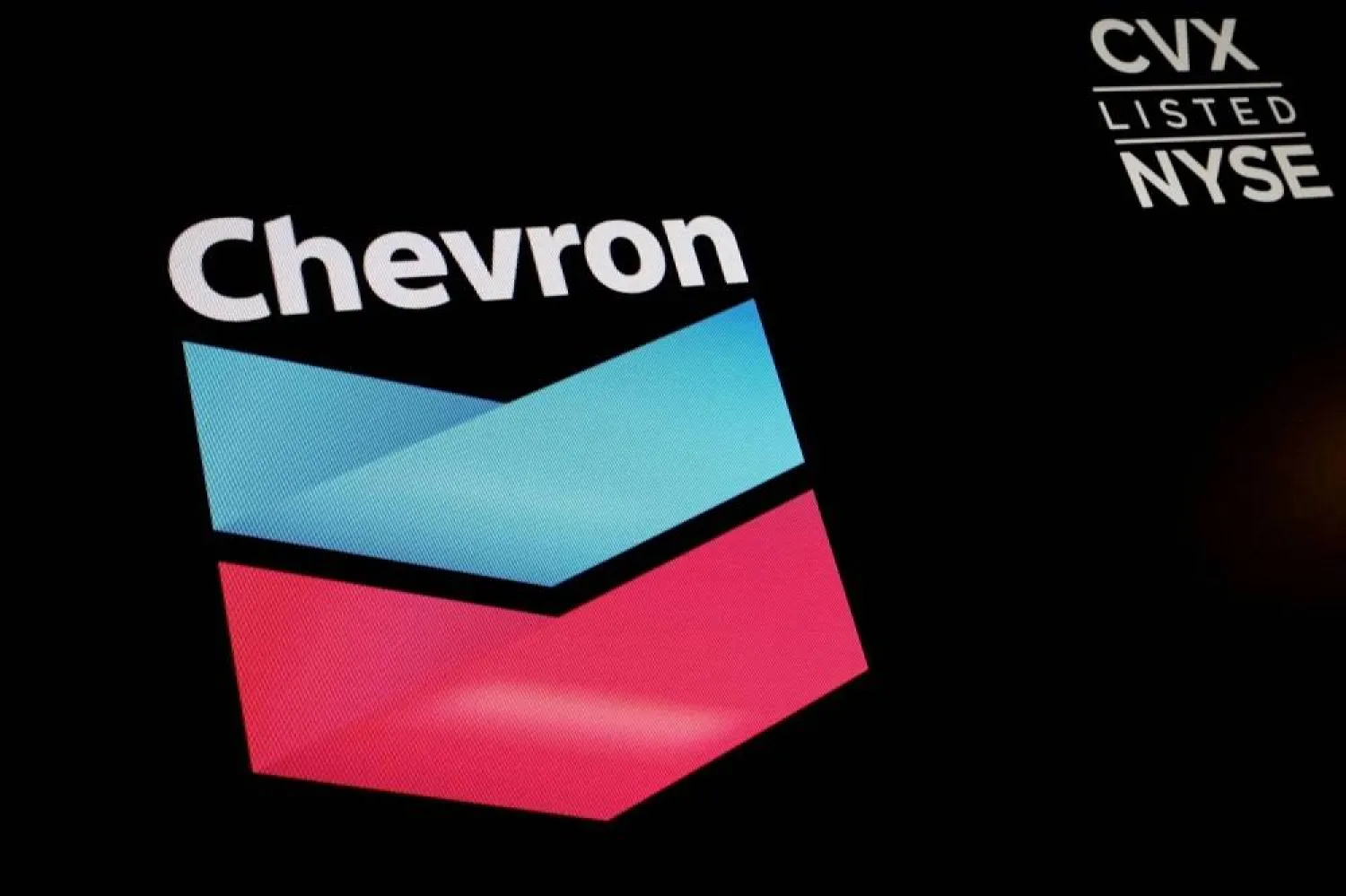Saudi Arabia earmarked $26.6 million for vertical farming projects in the Kingdom, in a step taken to preserve water and develop agriculture in the Kingdom. The move also focuses on boosting Saudi food security.
Saudi Minister of Environment, Water and Agriculture Abdulrahman Al Fadley chaired an international virtual workshop centered on the future of vertical farming in the Kingdom.
The workshop is part of the ministry’s efforts to localize and adopt modern agriculture technologies.
King Faisal University (KFU) rector Dr. Mohammed bin Abdul Aziz Al-Ohali and a group of leading local and international vertical farming experts took part in the workshop.
Fadley, in a speech he gave at the workshop, said that the world is witnessing accelerated advancements in technologies involving Hydroponics, Aeroponics and Aquaponics.
The minister, however, noted that there are challenges facing agricultural development.
These obstacles, according to Fadley, are related to the level of technology used in buildings, facilities, nutrient solutions, lighting, and the types of crops produced.
He stressed that those challenges need urgent and effective solutions.
Fadley explained that his ministry has worked hard to approve its agricultural strategy, and that it is cooperating with local and international partners from scientific institutions and the private sector to localize and adopt promising modern technologies.
He said that those technologies are one of the most important possible means to support food security, not only in the Kingdom, but also on a global level.
“Vertical farming techniques are one of the main axes of developing agriculture and water conservation,” Fadley told the workshop attendees, adding that the Kingdom has allocated 100 million riyals ($26.6 million) for this purpose.
He emphasized that procedures for obtaining vertical farming licenses were “organized and facilitated.”
It is noteworthy that the global market share of vertical farming was estimated at $3.1 billion in 2018.







